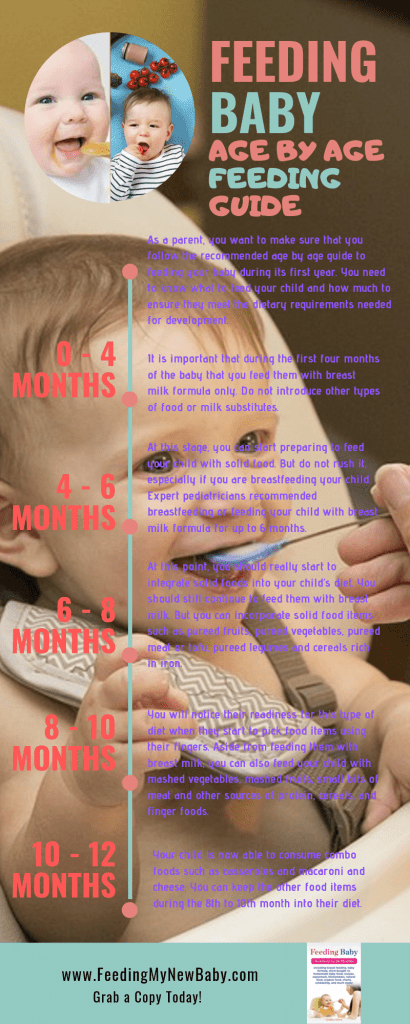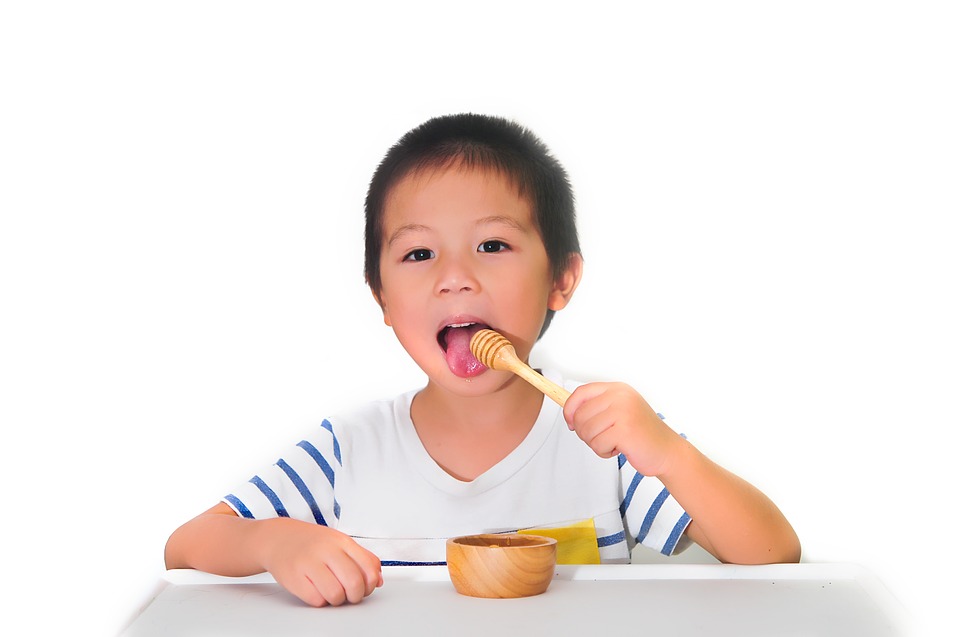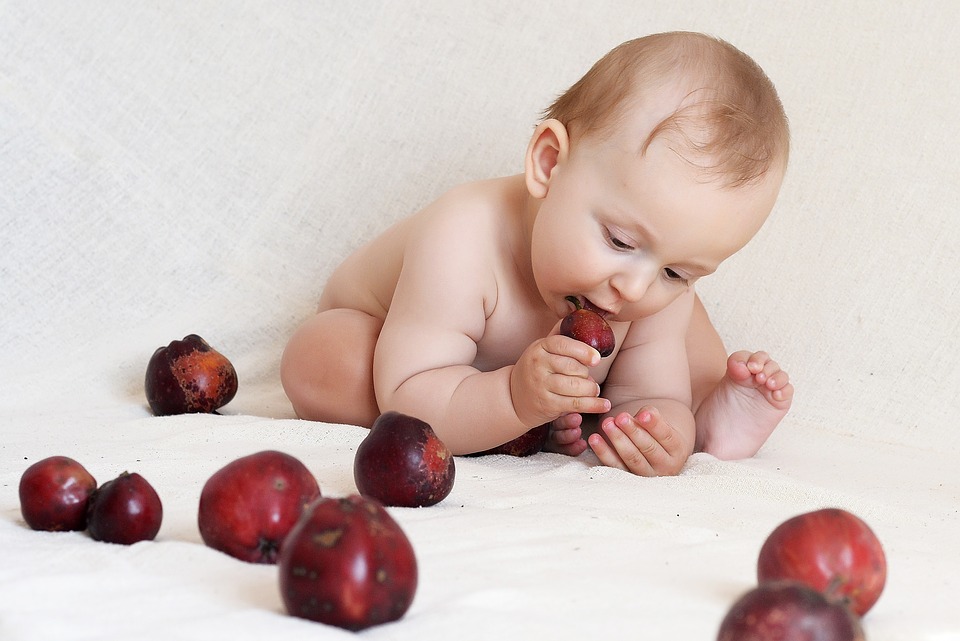What you need to feed your growing baby? Perhaps all caring mothers prepare anxiously for the day when they can give their child the first dose of solid food. It is almost like the first signs of the coming of age of the child. What you need to feed your growing baby? Yet most parents face a bout of confusion; often asking themselves the invariable questions of when and how, while the reality is that this need not be something very complex or challenging; if just some simple rules and timings are followed. What you need to feed your growing baby? Although the theories concerning the right time to introduce the baby on solid foods have varied from time to time; it is now generally believed that this should happen between 4 to 6 months; as this is the point where they are not only developed enough for starting on solid food; but also this is the time when their reflexes for sucking bottled or breast milk diminishes.
What you need to feed your growing baby? When it comes to age by age guide to feeding your baby, they will recognize the nipple as their source of nourishment. Hence, they will look for their mother’s nipple when they are hungry or want to feed. It is important that during the first four months of the baby that you feed them with breast milk formula only. Do not introduce other types of food or milk substitute. Since your baby’s digestive system is still in its early development, feeding them solid foods is a no-no during this stage. When it comes to determining how much to feed your child, it varies greatly. You can tell if the baby is full when they stop to drink the mother’s milk. However, experts recommend feeding your child no more than 32 ounces of breast milk per day.

Before You Feed Babies
The general signs could be whether, with some support, she can sit up and hold her neck and head up. Interestingly, if the baby also peers at your own plate when you are eating in the baby’s presence. It can also surface in the baby showing signs that she wants more when her bottle is empty; and can manage to keep the solid food within the mouth than just pouting it out. Besides the symptoms there are some solid medical reasons why the period of 4-6 months is the ideal one: this is the time when the digestive system has matured enough to tackle solid food intake; without any adverse effect on allergies. It is also the time when the baby’s inherent stock of irons start diminishing; and the liquid intake cannot sustain the iron levels any more. This is the time when it would be useful to give the baby such iron rich solid foods like spinach, meat and beans.
Prepping Your Child’s Meal

What you need to feed your growing baby? You can start preparing to feed your child with solid food. But do not rush it, especially if you are breastfeeding your child. Expert pediatricians recommended breastfeeding or feeding your child with breast milk formula for up to 6 months. You can tell if your child is ready to eat solid foods when they are able to sit on a high chair, hold their head up on their own, show interest in food, or mimic a chewing motion. Ideally, your baby must weigh at least 13 pounds before you can feed them with solid foods. Theories abound about what best to have on the baby’s first solid food menu list. Ideally it should start with some supplement of iron fortified cereal, followed by fruits and vegetables; probably in that order as most babies prefer the sweet taste of fruits. Once the baby has got accustomed to these solid foods, other new foods can be added gradually but preferably during the day times only; to notice any adverse responses if any.
Solid Foods

What you need to feed your growing baby? You should still continue to feed them with breast milk. But you can incorporate solid food items such as pureed fruits, pureed vegetables (best vegetables for your child are carrots, sweet potato and squash, pureed meat or tofu, pureed legumes and cereals rich in iron. Aside from feeding your child with solid foods, you can also add finger foods to their diet. You will notice their readiness for this type of diet when they start to pick food items using their fingers. They can also transfer an item from one hand to another during this stage. Aside from feeding them with breast milk, you can also feed your child with mashed vegetables, mashed fruits, small bits of meat and other sources of protein, cereals, and finger foods.
What you need to feed your growing baby? Having started the baby on solids; most mothers also have to face perhaps the first time task of making the baby food. Most pediatricians would recommend that making one’s own baby food is the ideal option instead of using pre-packaged varieties; so that one can know exactly what the baby is taking. Fortunately, preparing a solid food in the house has now become quite convenient and cheap besides being quite efficient. This also has the added advantage of feeding the baby; as it grows, with some of the regular food of the household, processed through these handy gadgets. Your child is now able to consume combo foods such as casseroles and macaroni and cheese. You can keep the other food items during the 8th to 10th month into their diet. You can, however, increase the size of the food serving from mashed to cubes or strips.
Essential Baby Food Tools
The essentials comprise of hand-turned food mill with blades of different sizes; and shapes to produce the different textures of food; a steam-cooker with an arrangement to puree the fruit, vegetables, and meat. In some of the more sophisticated models there is provision for defrosting and reheating of previously prepared food. The other gadgets would include a baby food grinder, to break down chunks of food for the baby. It could be non-electric and portable, but these may not provide a choice of textures. Added to the list is a hand blender for pureeing the food; by just holding the portable device within the food itself. A regular kitchen blender or food processor and a good old-fashioned fork complete the list; these last 2 items being mostly available already.
What you need to feed your growing baby? As a mother, you want to make sure that you follow the recommended age by age guide to feeding your baby during its first year. You need to know what to feed your child and how much to ensure they meet the dietary requirements needed for development. However, each child is unique and some will eat more while others eat less. The dosage is therefore irrelevant but the frequency and type of baby food that is given to them is what matters.


 I love to write books about family, dating, household, and healthy living. My books are written for everyone in an easy to read and understandable style.
I love to write books about family, dating, household, and healthy living. My books are written for everyone in an easy to read and understandable style.